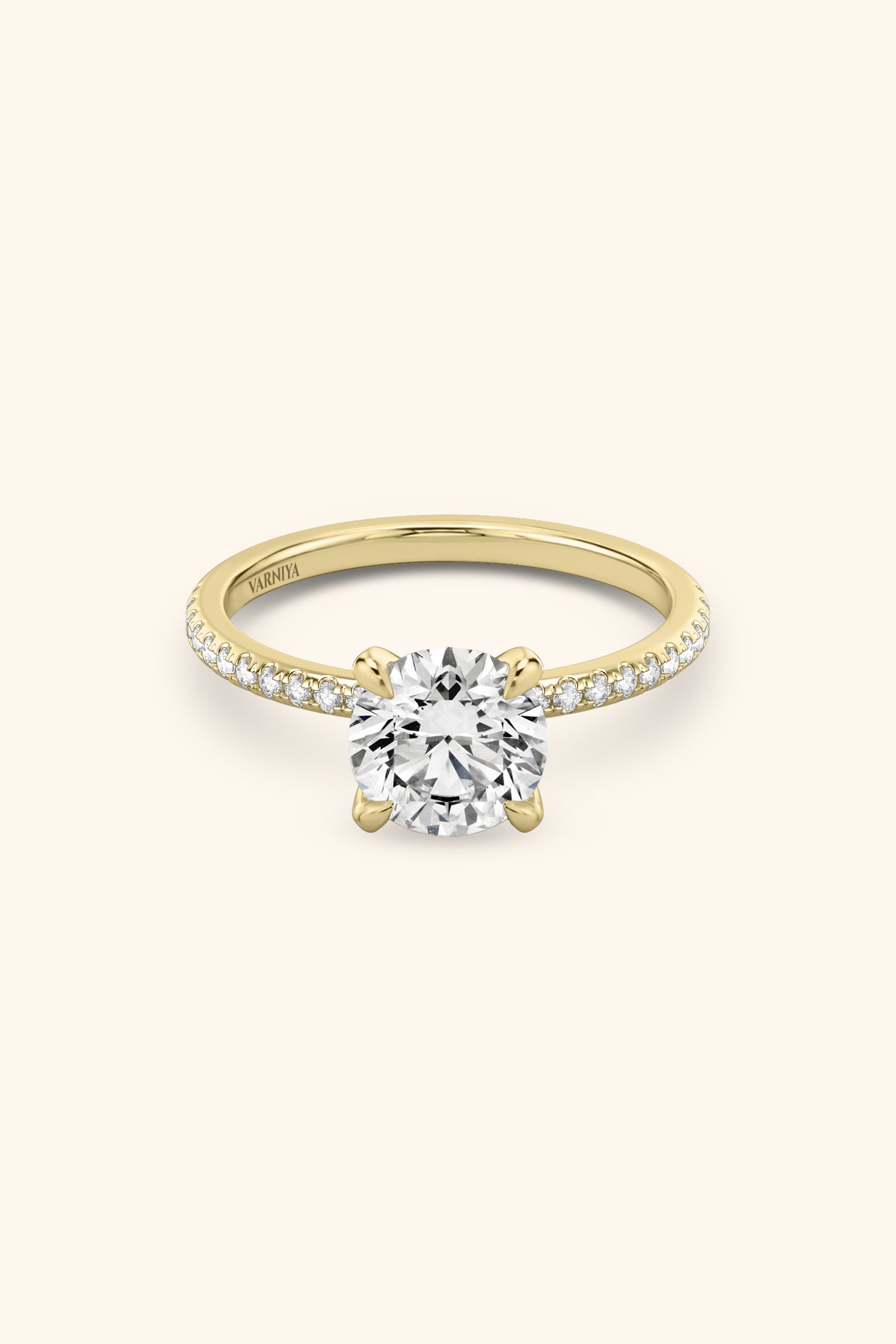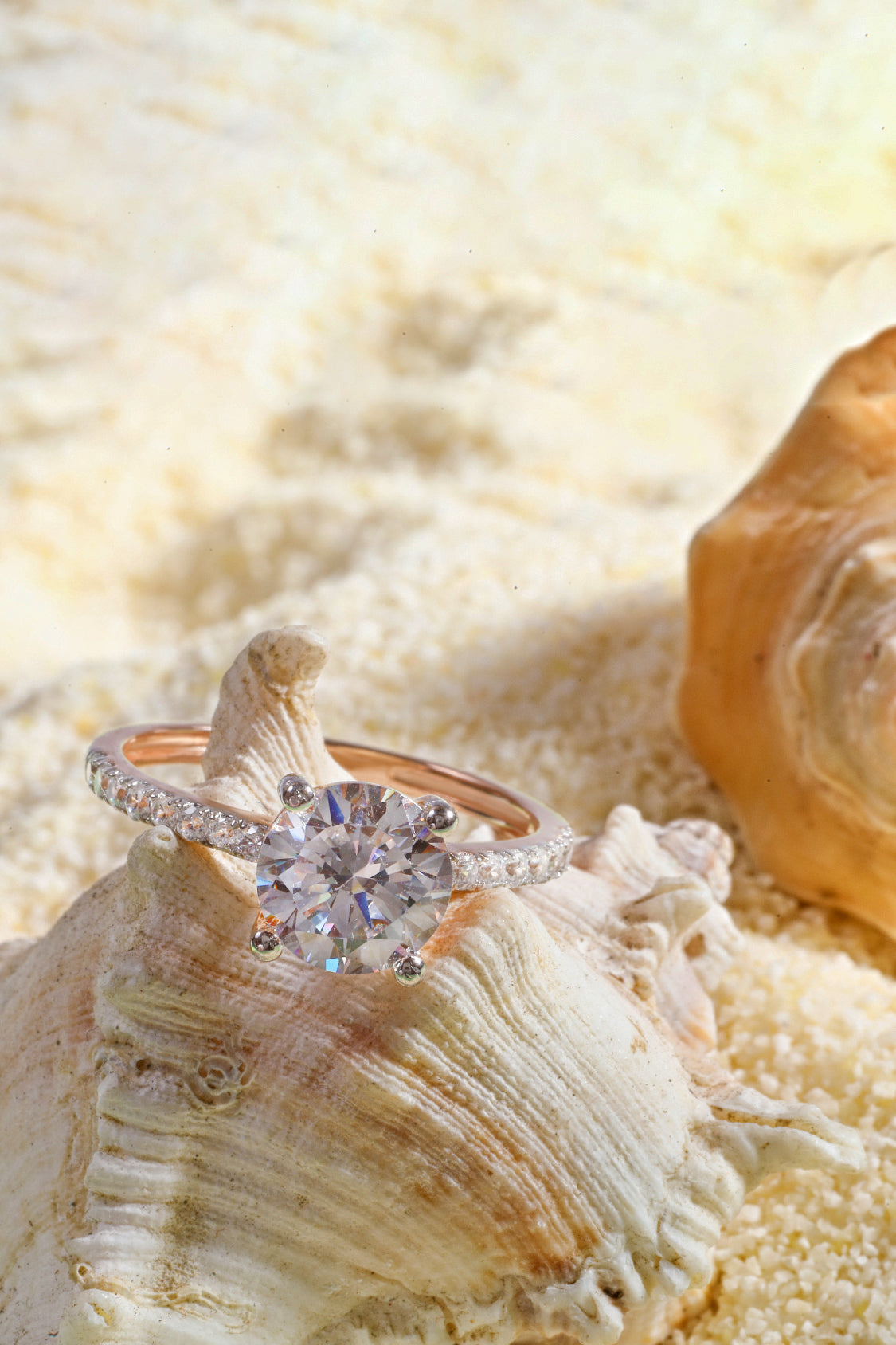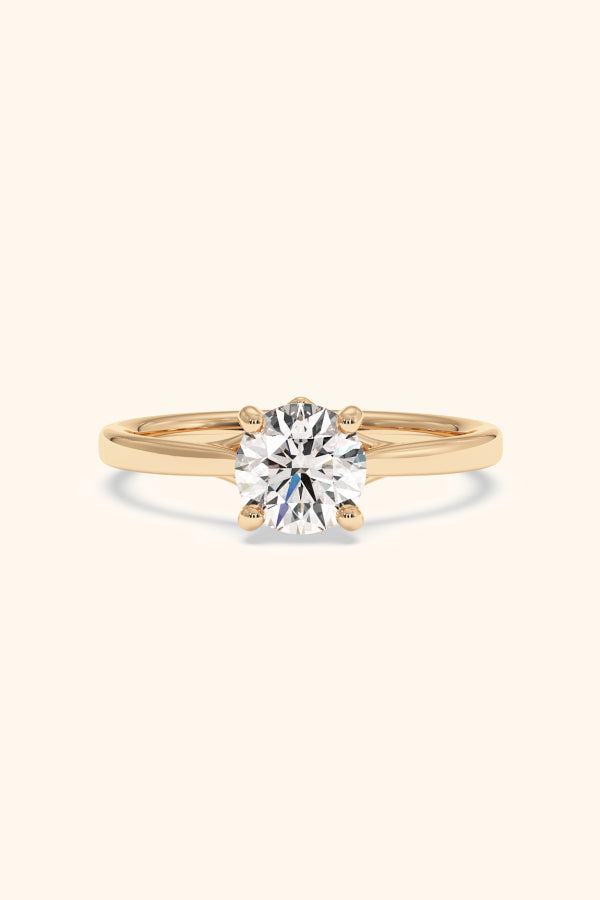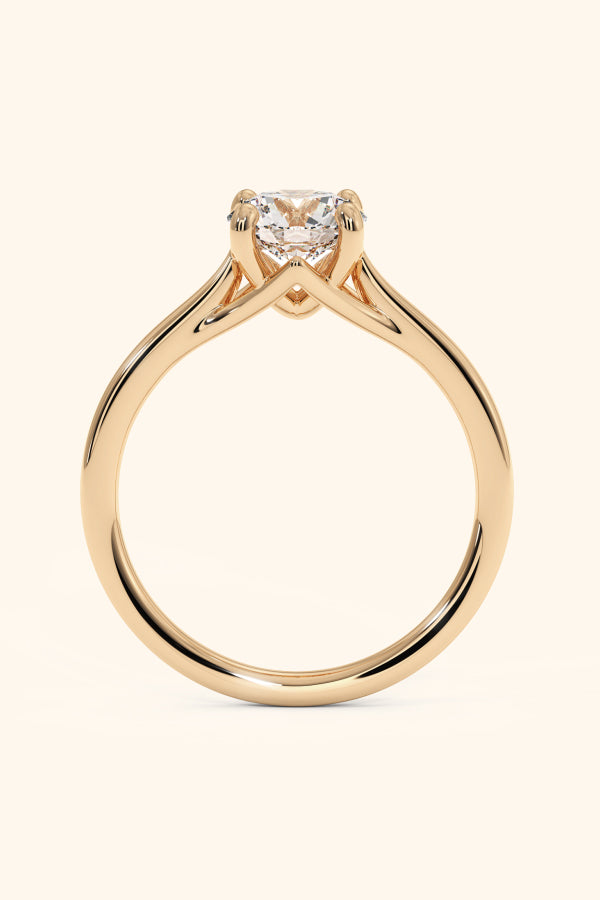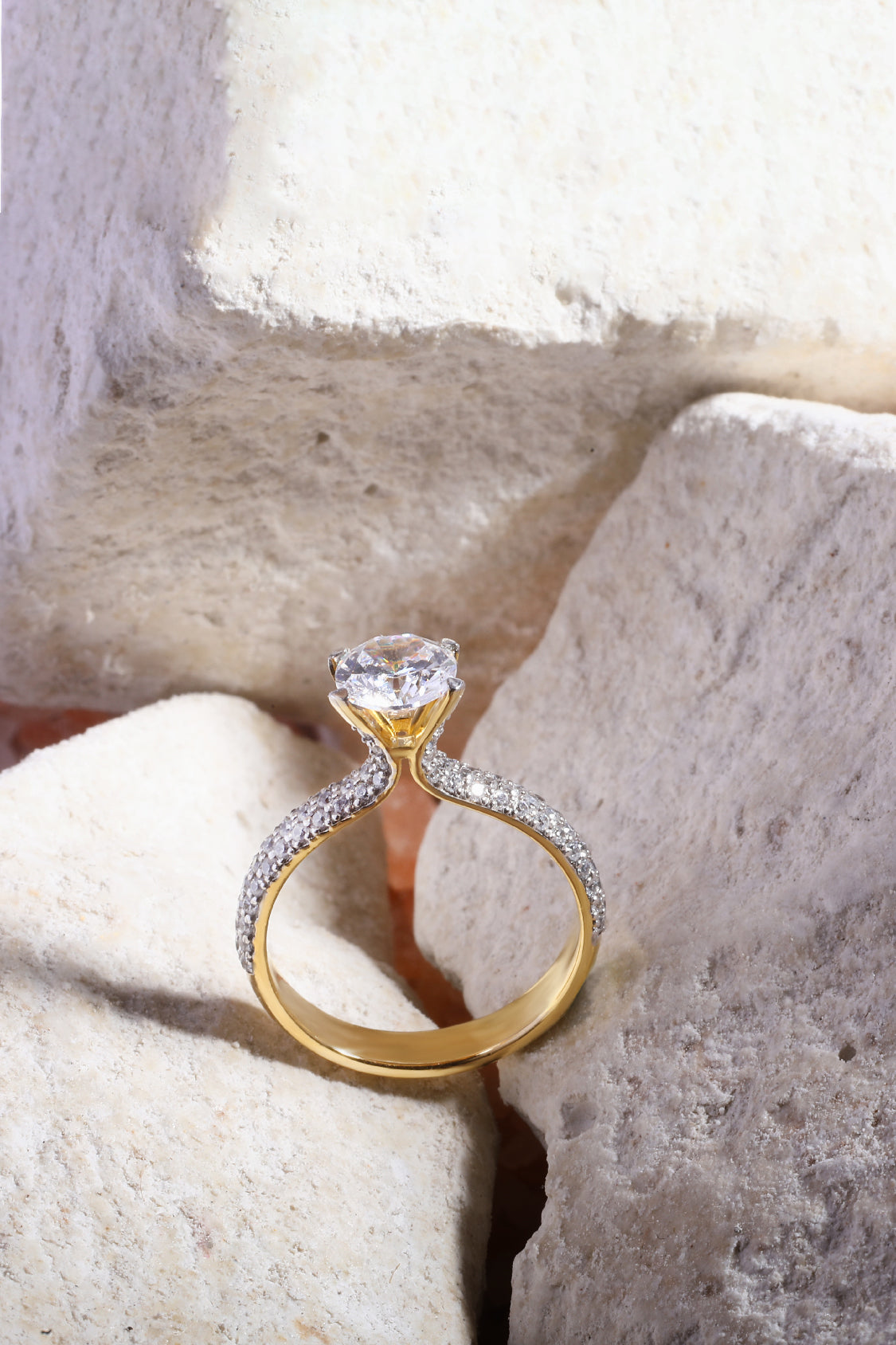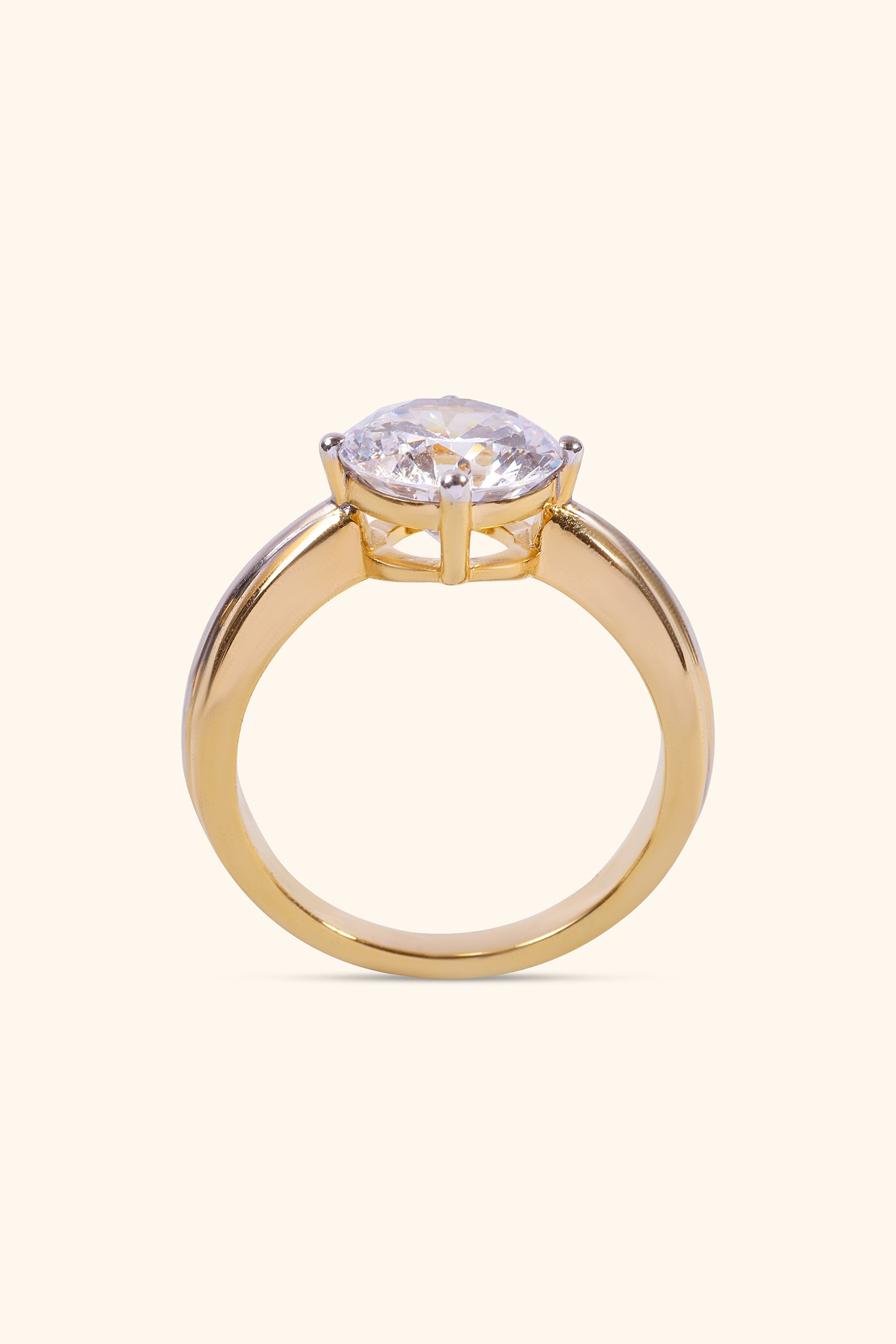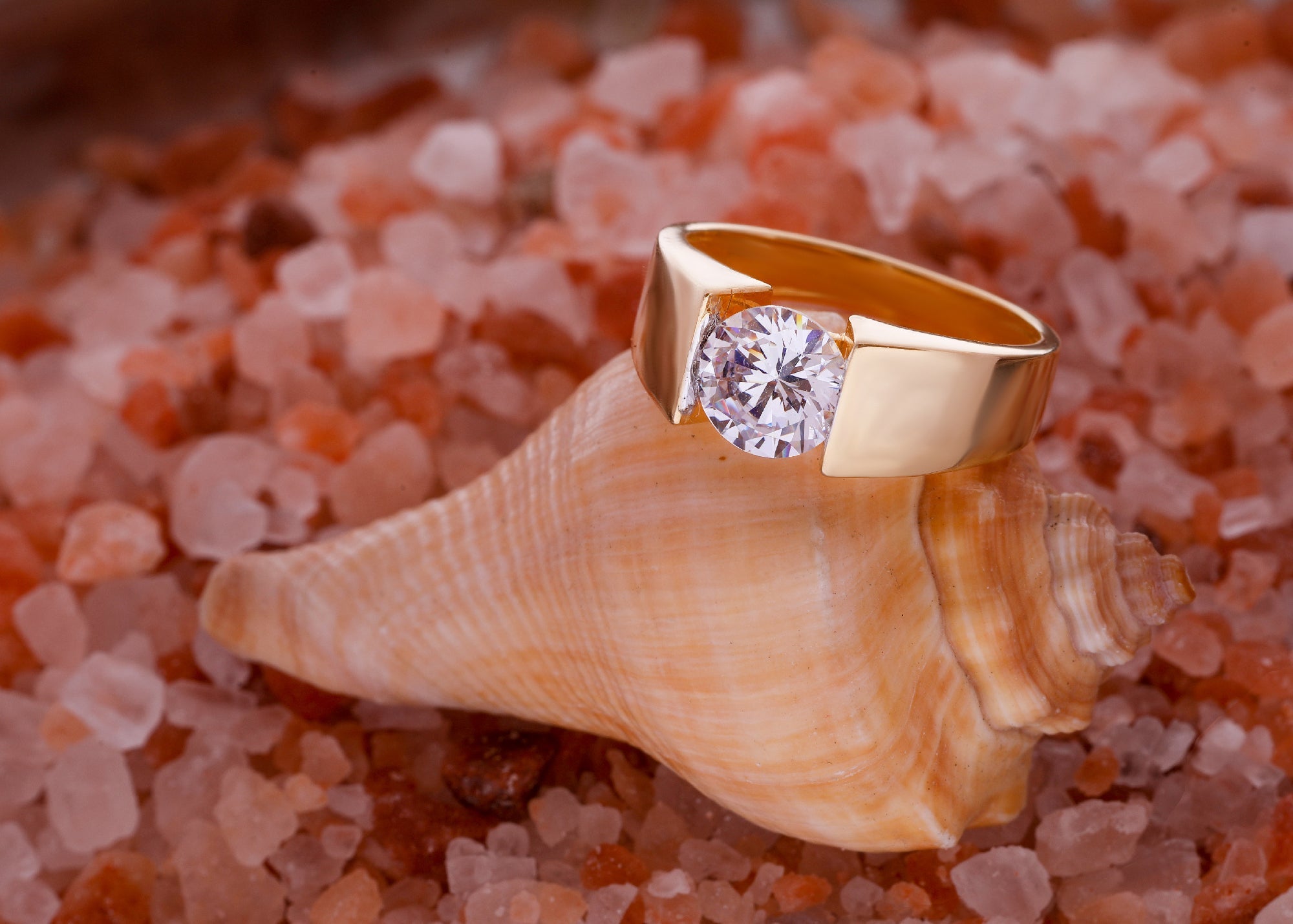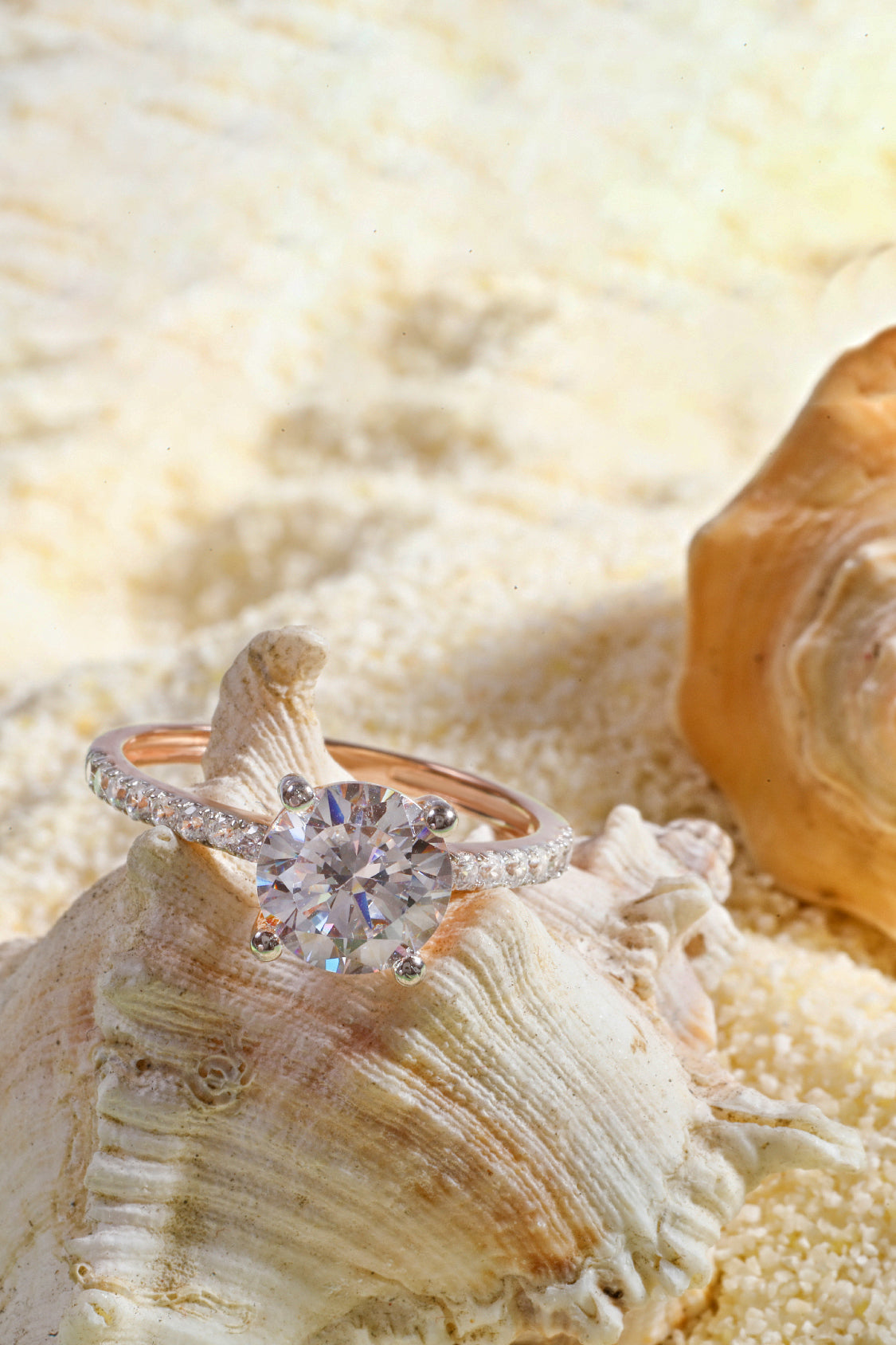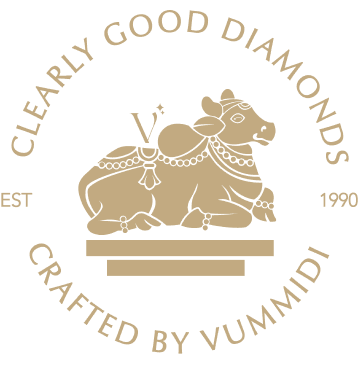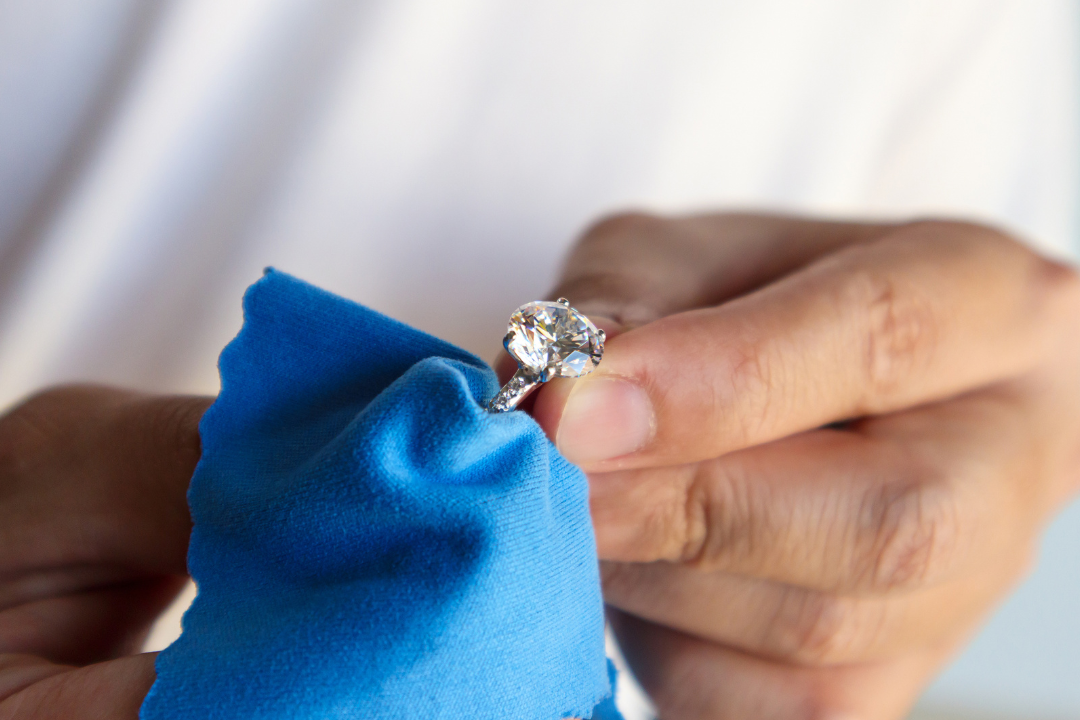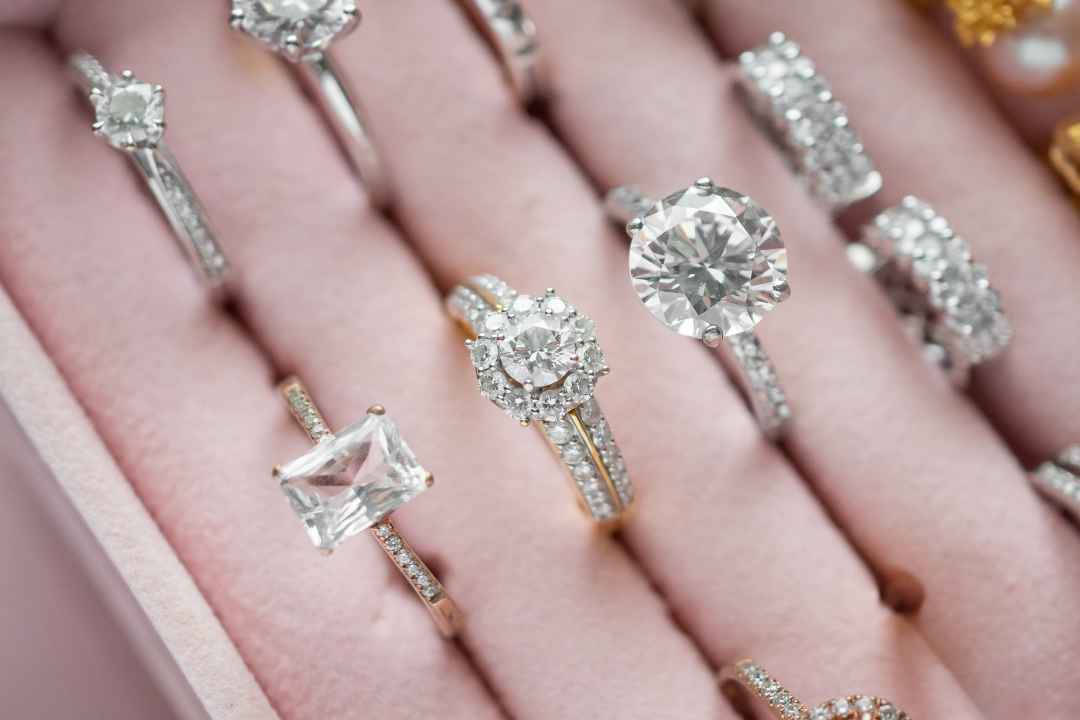
Diamonique Rings vs Lab Grown Diamonds: Which One’s Worth Your Money?
Choosing between diamonique rings vs lab grown diamonds can get confusing, especially when both look stunning at first glance. While lab grown diamonds are made of pure carbon and share the same chemical properties as natural diamonds, Diamonique is actually a brand of cubic zirconia, a synthetic stone made from zirconium oxide. The difference in their physical properties affects everything from durability to how they sparkle under light.
According to the Gemological Institute of America (GIA), lab-grown diamonds have the same optical properties and structure as mined diamonds, making them nearly impossible to tell apart with the naked eye. If you're trying to figure out which one fits your style, budget, and values, this guide will walk you through all the facts that actually matter.
What is Diamonique?

Diamonique is a trademarked name for high-quality diamond alternative jewelry made with cubic zirconia, a type of synthetic stone. It mimics the look of real diamonds but differs in composition and performance. Known for its brilliant sparkle, Diamonique is designed to offer style at a fraction of the price.
Diamonique stones are made from zirconium dioxide, a lab-created material that’s widely used in jewelry industry as a diamond alternative. Unlike real diamonds, which are made of carbon atoms, Diamonique doesn’t come from the earth's crust or go through natural formation.
-
It’s a type of synthetic stone, not found in nature.
-
Has a crystal-clear appearance but lacks the visual properties of a white diamond.
-
Created in controlled environments, offering consistency in quality.
-
Due to its structure, it doesn't have the same process or same chemical composition as diamonds.
-
Crafted to simulate the brilliance and clarity of high-end stones.
Is it a real diamond or a diamond simulant?
Diamonique is not a real diamond, but a diamond simulant — meaning it only looks like a diamond. It lacks the natural counterparts and physical properties of both lab diamonds and mined counterparts.
-
Rated 8.25–8.5 on the Mohs scale, which makes it softer than actual diamonds.
-
May show wear over time, especially with everyday wear.
-
Unlike diamonds, Diamonique can become cloudy, affecting clarity and shine.
-
Offers a more affordable option than higher quality stones.
-
Often chosen for budget-conscious buyers, or those avoiding the hefty price tag of natural diamonds.
-
Popular among younger audiences like Gen Z for its low cost and look.
💬 “Cubic zirconia is a popular choice for simulated diamonds due to its availability, price, and close resemblance,” says the International Gem Society.
What Are Lab Grown Diamonds?
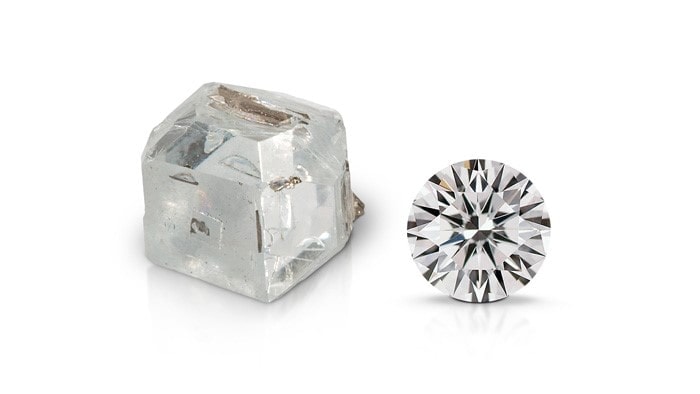
Lab grown diamonds are diamonds created in controlled environments by replicating the natural formation process inside the earth's crust. They share the same chemical properties, visual properties, and structure as natural counterparts, but are formed using advanced technology. These diamonds are considered a more ethical and conflict free alternative to traditional mined ones.
Lab Grown Diamonds Creation Process
1. High Pressure High Temperature (HPHT)
This method mimics the intense pressure and heat found deep beneath the earth's crust, where natural diamonds form.
-
A tiny diamond seed is placed in carbon atoms and exposed to 1,500°C+ temperatures and high pressure.
-
Over time, the same process results in crystal growth with the same physical properties as mined counterparts.
-
The process produces strong diamonds with good clarity and brilliance.
2. Chemical Vapor Deposition (CVD)
CVD uses a different approach with advanced tech.
-
A diamond seed is placed in a vacuum chamber filled with carbon-rich gases.
-
Heat breaks the gas molecules, allowing carbon to settle on the seed and form a diamond layer.
-
This method offers greater control over visual properties and can result in a higher quality stone.
💬 According to GIA, “Lab-grown diamonds exhibit the same optical, chemical, and physical properties as natural diamonds.”
Are They Real Diamonds?
Yes, lab grown diamonds are real diamonds.
-
They’re made of pure carbon, just like diamonds from the earth.
-
They’re graded by the same level of standards as mined diamonds: cut, color, carat weight, and clarity.
-
Lab diamonds often appeal to buyers focused on ethical sourcing and personal values.
-
The diamond industry now officially recognizes them as genuine.
-
They're also considered a perfect gemstone choice for those who want quality without the hefty price tag.
💡 Statista reports that by 2030, lab-grown diamonds may account for over 10% of the global diamond market — a significant shift driven by Gen Z preferences.
Diamonique Rings vs Lab Grown Diamonds: What’s the Difference?
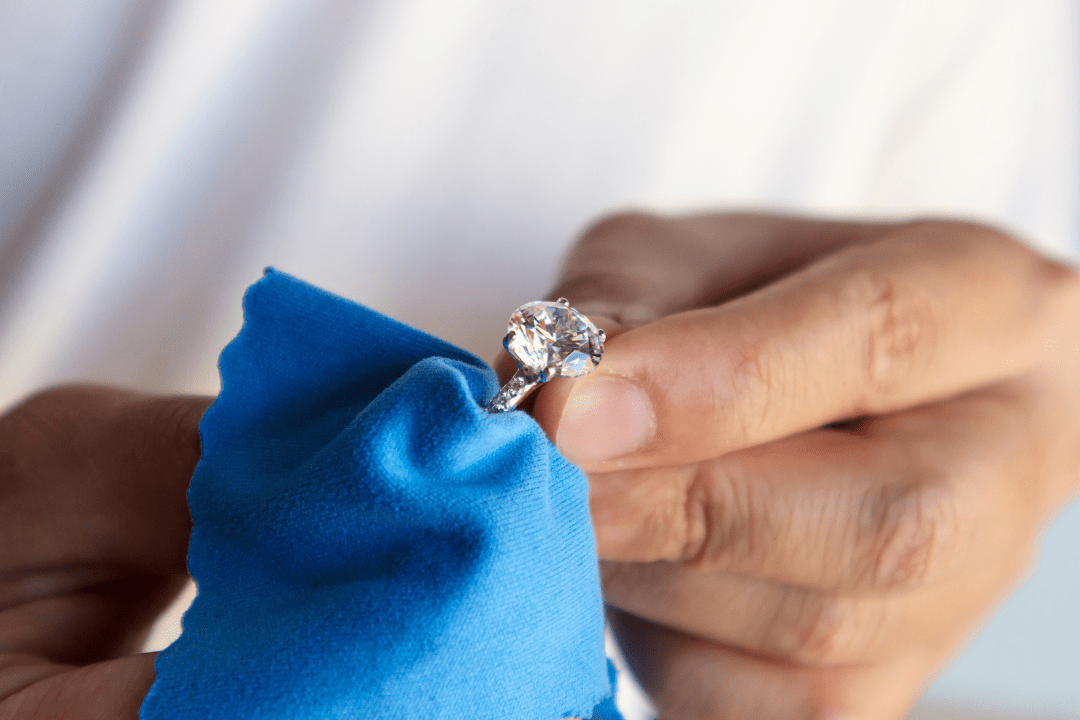
When comparing diamonique rings vs lab grown diamonds, the difference lies not just in price, but in their creation process, durability, sparkle, and long-term value. While both can look stunning to the naked eye, their physical properties, chemical composition, and overall purpose in the jewelry industry are very different.
Here’s a quick breakdown to help you see it clearly.
| Feature | Diamonique Rings | Lab Grown Diamonds |
|---|---|---|
| Material | Made of cubic zirconia (zirconium dioxide) | Made of pure carbon like natural diamonds |
| Type | Diamond alternative, synthetic stone | Real diamonds, not simulants |
| Hardness | ~8.25 on the Mohs scale | 10 on the Mohs scale |
| Durability | Less durable; not ideal for everyday wear | Highly durable; ideal for daily use |
| Clarity Over Time | May cloud and scratch | Retains clarity and shine |
| Brilliance & Sparkle | Offers a brilliant sparkle but lacks higher refractive index | Strong brilliance and natural fire |
| Visual Properties | Similar to diamonds but less depth | Nearly identical to natural counterparts |
| Grading | Rated A to AAAA | Graded on the 4Cs: cut, color, carat weight, clarity |
| Environmental Impact | Low, but lacks ethical sourcing transparency | Lower than mined diamonds, often conflict free |
| Price | Very low; an affordable option | Higher cost, but lower than mined ones |
| Market Perception | Seen as fashion jewelry | Seen as a beautiful stone with real value |
| Popularity with Gen Z | Favored for low cost | Growing demand due to personal values and ethics |
What Are the Chemical Properties of Each?
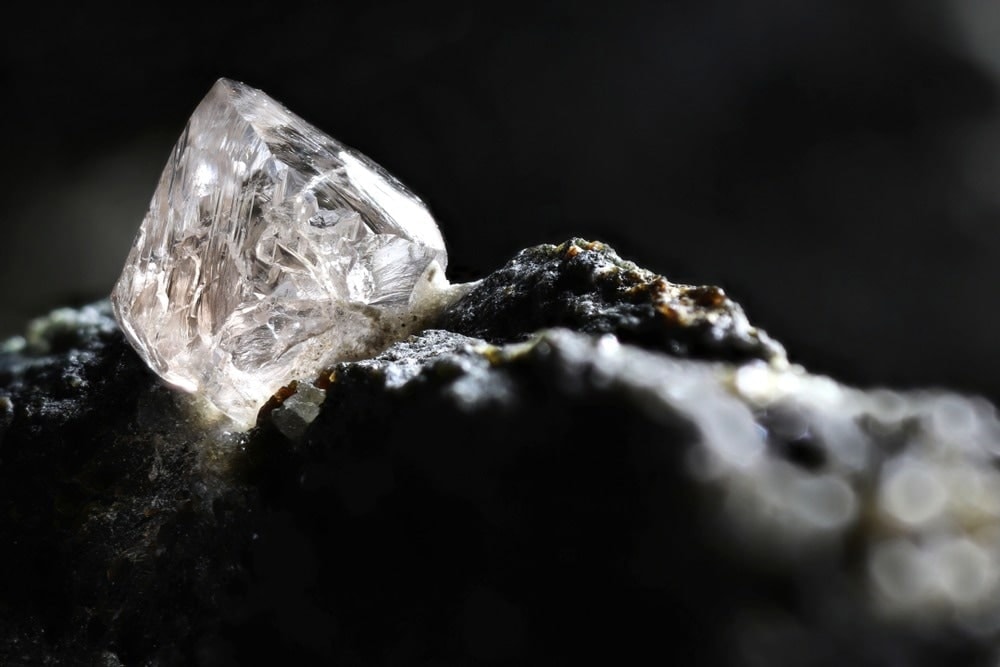
Diamonique and lab grown diamonds may look alike, but their chemical properties are entirely different. One is made of zirconium dioxide, while the other is made of pure carbon. This difference impacts everything from structure to how they interact with light.
-
Lab grown diamonds stand as true real diamonds due to their identical atomic structure to natural diamonds.
-
Diamonique uses zirconium oxide, making it a synthetic stone, not a diamond.
-
Lab diamonds have a higher refractive index, giving them more fire and brilliance.
-
This contrast results in a vast difference in durability and sparkle.
-
The only difference visible to the naked eye is in long-term wear and clarity.
-
Reputable sellers usually disclose whether a stone is real or simulated.
-
Buyer personal preference plays a major role in the final decision.
-
There’s also a price disparity between the two due to composition and grading.
Do They Differ in Carat Weight and Appearance?
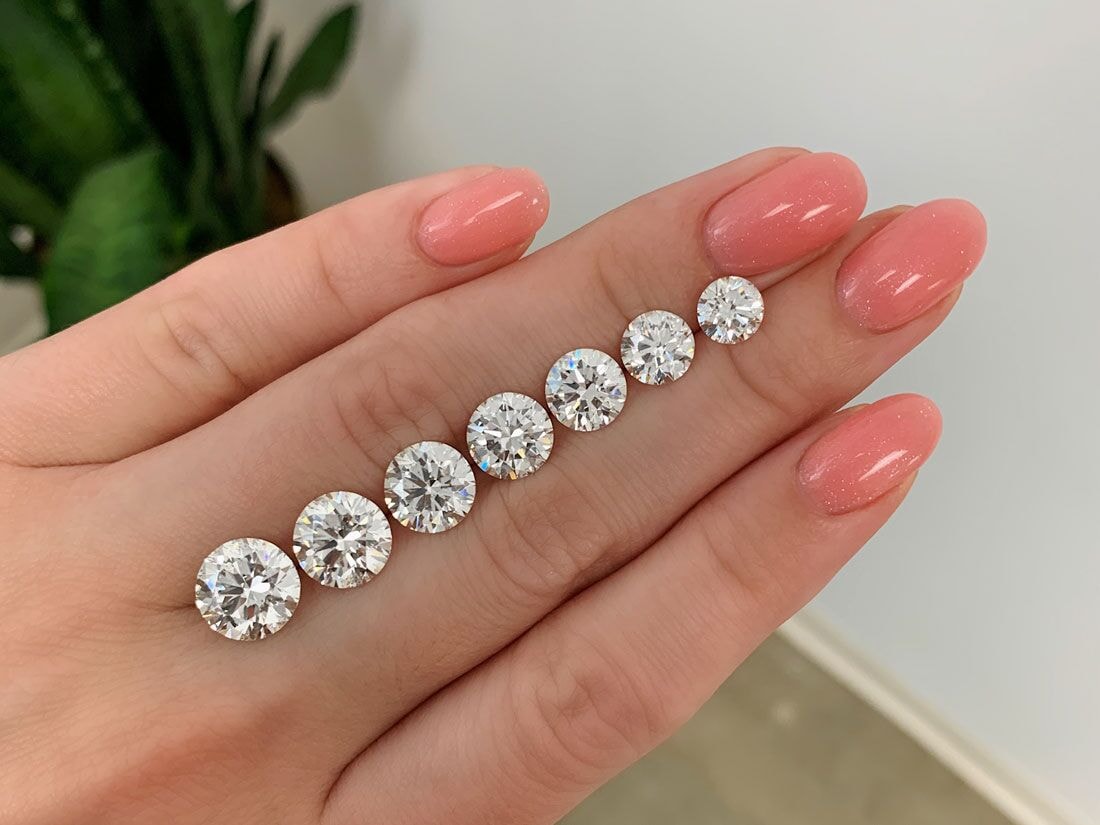
Yes, Diamonique and lab grown diamonds differ in both carat weight and visual appeal. Though both can be cut into similar sizes, how they reflect light, wear over time, and are measured makes a real difference in quality and perception.
-
Lab diamonds are denser, so a 1-carat stone appears smaller than a synthetic stone of the same weight.
-
Lab created diamonds follow traditional standards for weight and shape, just like natural diamonds.
-
Jewelry designers often favor lab diamonds for high-end pieces due to their precision.
-
Mined counterparts may have slight visual flaws, while lab versions are more consistent.
-
The creation process ensures better control over the cut and clarity.
-
White diamond options in lab-grown form often match the look of premium mined stones.
-
Brilliance is typically higher in lab diamonds because of their structure and optical properties.
-
A high-quality lab diamond can rival any beautiful stone in sparkle and finish.
What’s the Environmental Impact of Each?
When it comes to sustainability, lab grown diamonds offer a more environmentally conscious option compared to mining. Traditional diamond extraction can disturb ecosystems and consume large amounts of energy and water.
-
Lab grown diamonds are made in controlled environments, which reduces land damage.
-
They generate significantly lower carbon emissions than mined diamonds, according to a 2022 report by Trucost ESG Analysis.
-
Water usage for lab diamonds is also lower—about 18 gallons per carat vs. 126 gallons for mined.
-
They eliminate the risks tied to unsafe labor conditions and conflict diamonds.
-
Diamonique, made of synthetic stones, has minimal environmental impact but doesn’t follow ethical sourcing standards.
💬 “Lab-grown diamonds offer a cleaner supply chain with fewer environmental and social concerns,” — International Gemological Institute (IGI).
What Is Cubic Zirconia and How Does It Compare?
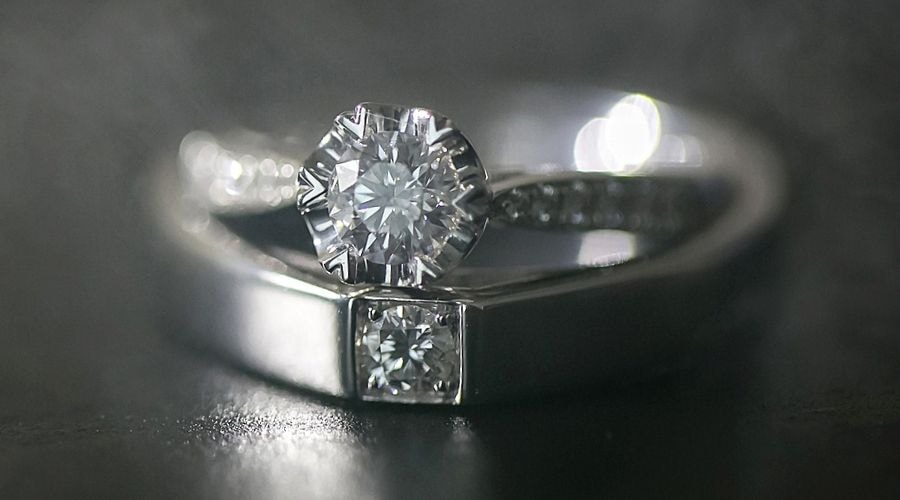
Cubic zirconia (CZ) is a synthetic stone made from zirconium dioxide. It’s widely used in the jewelry industry as a diamond alternative because it mimics the look of a white diamond at a much lower cost. However, CZ and lab grown diamonds are very different in structure, value, and durability.
While both may appear similar to the naked eye, CZ lacks the strength and brilliance of a diamond. It doesn't contain carbon atoms, which means it isn't chemically related to natural diamonds or lab created diamonds. The differences are more noticeable over time, especially with regular use.
Here’s how they compare:
-
Material: CZ is made from zirconium dioxide; diamonds are made from pure carbon.
-
Durability: CZ ranks 8–8.5 on the Mohs scale; diamonds rank 10.
-
Brilliance: CZ has a lower refractive index, so it sparkles less than diamonds.
-
Appearance Over Time: CZ can become cloudy and scratched with everyday wear.
-
Grading System: CZ uses A to AAAAA ratings; diamonds follow the 4Cs.
-
Value: CZ has no resale value; lab diamonds hold more long-term value.
So, while CZ is a cost-effective and stylish option, it doesn't offer the same durability, sparkle, or investment potential as a real diamond.
FAQs
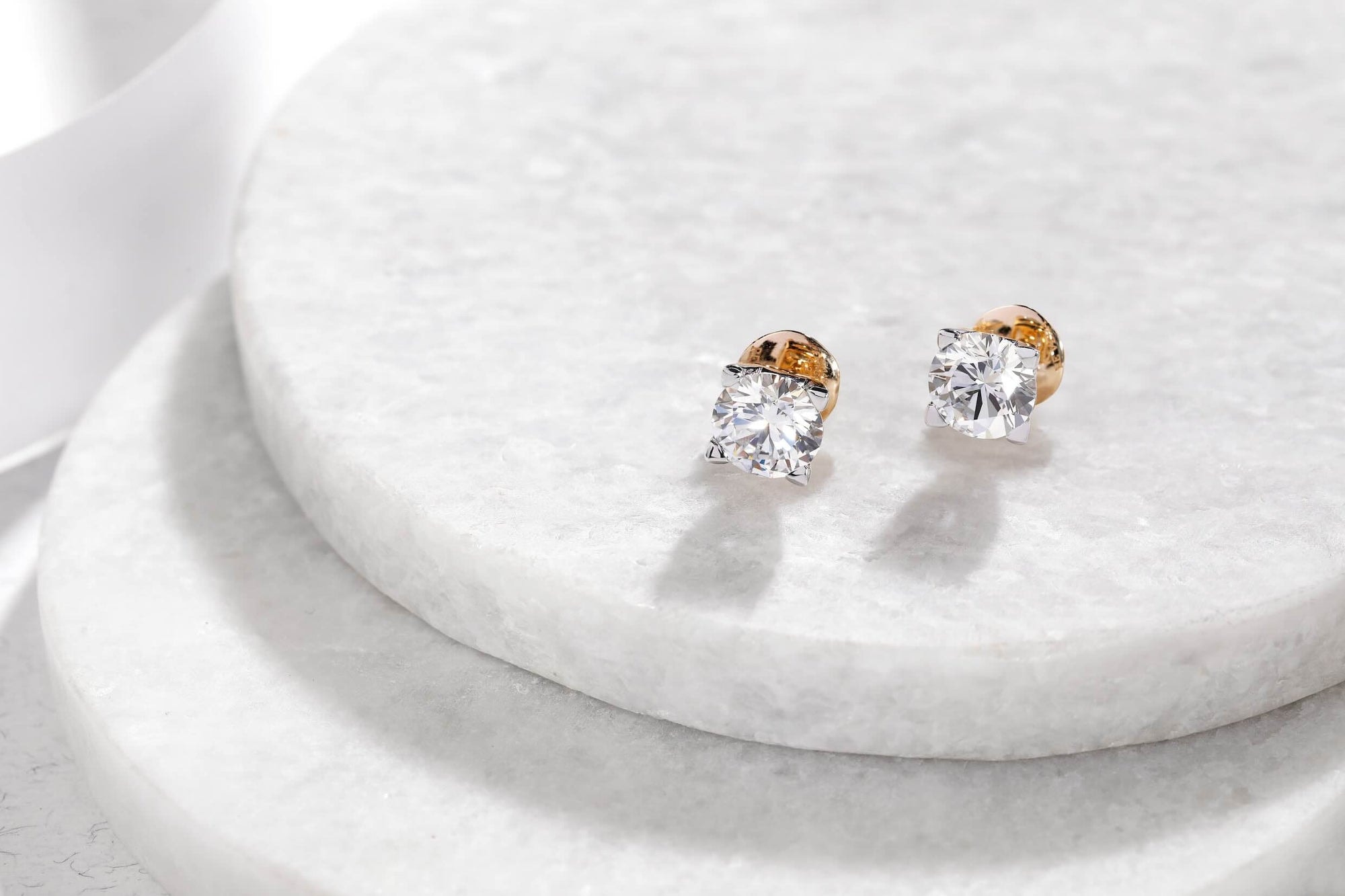
1. Is it better to buy a real diamond or a lab-grown diamond?
It depends on what you value more — tradition or sustainability. Lab grown diamonds have the same physical and chemical properties as natural diamonds, but are more affordable and conflict free. According to a report by Statista, lab-grown diamonds can cost up to 50% less than their mined counterparts.
2. Can lab created diamonds be certified?
Yes. Lab created diamonds are graded using the same level of certification standards as mined ones. Institutions like the Gemological Institute of America (GIA) and IGI issue certificates based on the 4Cs: cut, color, carat weight, and clarity.
3. Is Diamonique a good choice for daily wear?
Diamonique, made of cubic zirconia, can work for occasional use but isn't ideal for everyday wear. It ranks around 8.25 on the Mohs scale, making it more prone to scratches and dullness over time.
4. Do lab grown diamonds pass a diamond tester?
Yes, they do. Since they are made of pure carbon, lab grown diamonds will test positive just like real diamonds.
5. Does Diamonique have resale value?
No. Like most synthetic stones, Diamonique has no significant resale value. It’s best viewed as affordable fashion jewelry.
6. Are Lab Grown Diamonds the Same as Diamonique?
No. Lab diamonds are actual diamonds. Diamonique is a diamond alternative made from zirconium dioxide, with different chemical properties.
7. Are Diamonique Diamonds Real Diamonds?
They are not. While they resemble diamonds visually, they’re classified as synthetic stones, not real diamonds.
8. Which Is Better for Engagement Rings?
If you're looking for lasting value and durability, lab grown diamonds are better suited for engagement rings. They offer brilliance and hardness that Diamonique simply can’t match.
Conclusion
Choosing between Diamonique rings and lab grown diamonds really comes down to what matters most to you, cost, durability, or long-term value. If you're after something affordable and eye-catching for short-term use, Diamonique can work.
But if you want something real, long-lasting, and suitable for daily wear, lab grown diamonds are the smarter pick. They look, feel, and test like real diamonds without the cost of mined ones. Whichever you choose, knowing the facts makes your decision easier and more meaningful.


